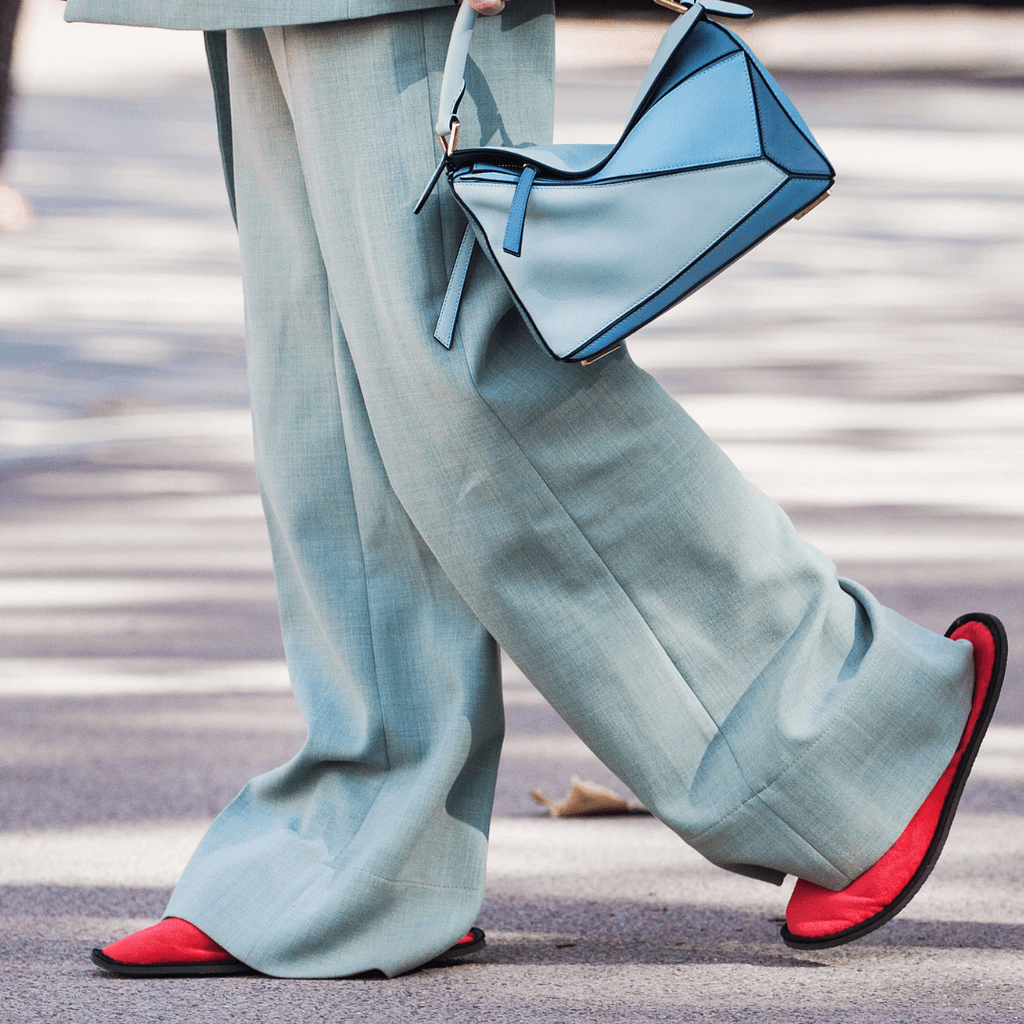
The Impact of Digital Fashion and Virtual Runways on Traditional Design
In a world where technology and creativity collide, digital fashion has emerged as a powerful force that challenges the norms of traditional fashion design. Imagine walking through a virtual runway, where models strut in digital garments that exist only in pixels and codes. Does this mark the end of physical fashion shows, or is it a new dawn for the fashion industry?
The rise of virtual platforms and digital runways is reshaping the fashion landscape. As designers embrace new technologies, they are able to create without the constraints of fabric, stitching, and tailoring. Digital fashion is no longer a distant dream but a reality, changing how we perceive design itself. The question arises: Is this evolution or revolution? How does digital fashion impact the very essence of traditional craftsmanship?
Virtual garments
The traditional fashion industry, known for its tactile, physical elements, is finding itself at a crossroads. Physical fabrics, textures, and patterns have been the foundation of clothing design for centuries. Yet, with virtual runways and the rise of 3D clothing, designers are stepping into a new realm where imagination is the only limit. Can a purely digital design carry the same emotional connection as a piece created with hands-on techniques? Is the value of a garment measured by the work and time invested in it, or can it be equally appreciated when made from data alone?
The advent of digital fashion shows also raises questions about sustainability. Can the fashion industry truly tackle its environmental impact through digital collections? Virtual garments require no physical materials, no shipping, and no waste. Designers can create endless collections without contributing to the environmental burden of fast fashion. But is this enough to counterbalance the broader environmental implications of digital fashion’s production?
traditional designers challenge
For traditional designers, adapting to this new era can feel like a challenge. How can they maintain their artistic integrity while embracing technological advances? Digital fashion may offer infinite possibilities, but it also demands a shift in mindset. Does this mean traditional fashion will disappear? Far from it. It’s more likely that the future will be a hybrid, where digital and traditional co-exist, enhancing each other rather than replacing one another.
In the end, digital fashion and virtual runways are not just trends; they are a sign of how fashion will evolve in the future. As technology advances, the line between digital and physical worlds continues to blur. What lies ahead is a new frontier for designers, a chance to redefine what fashion can be.
